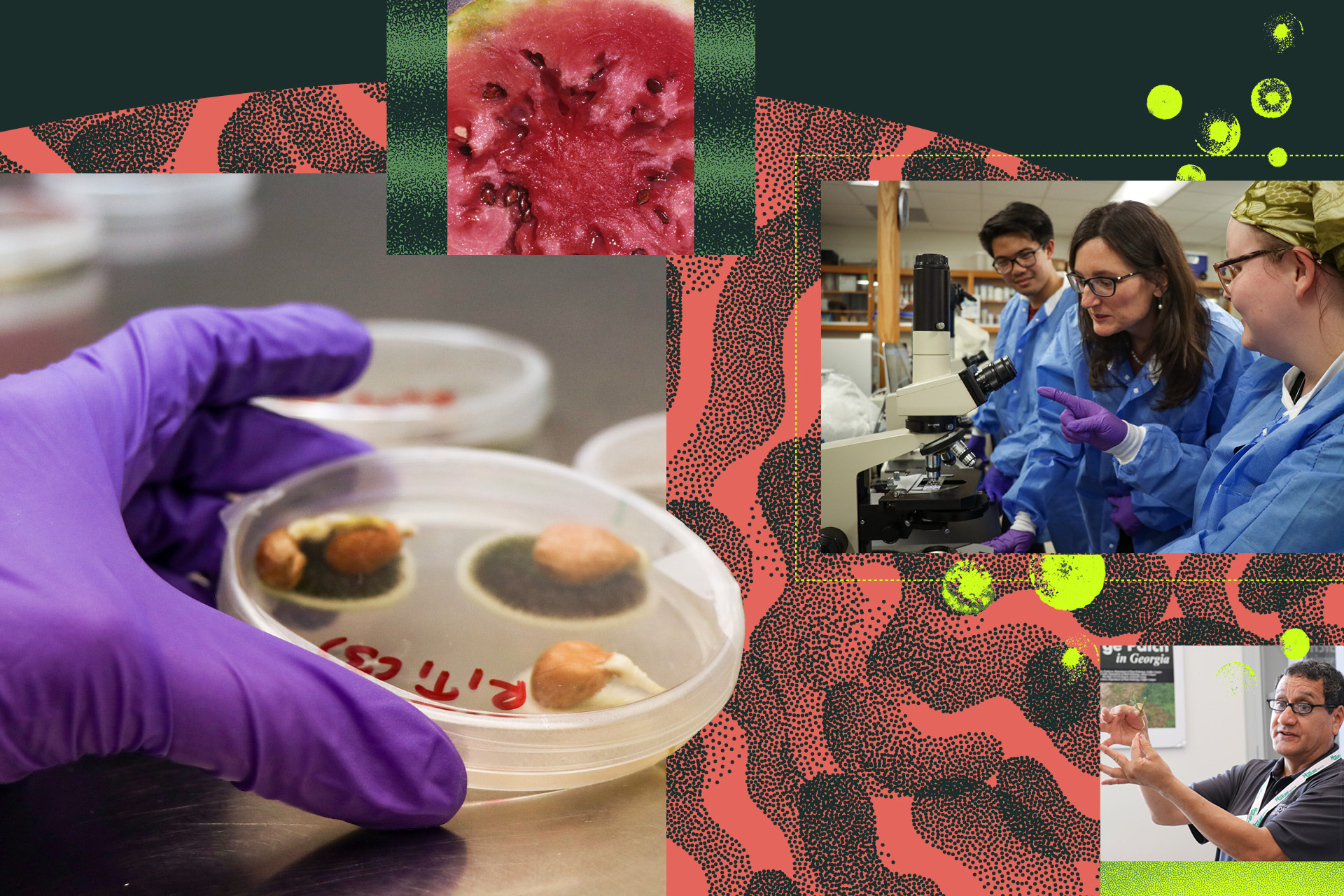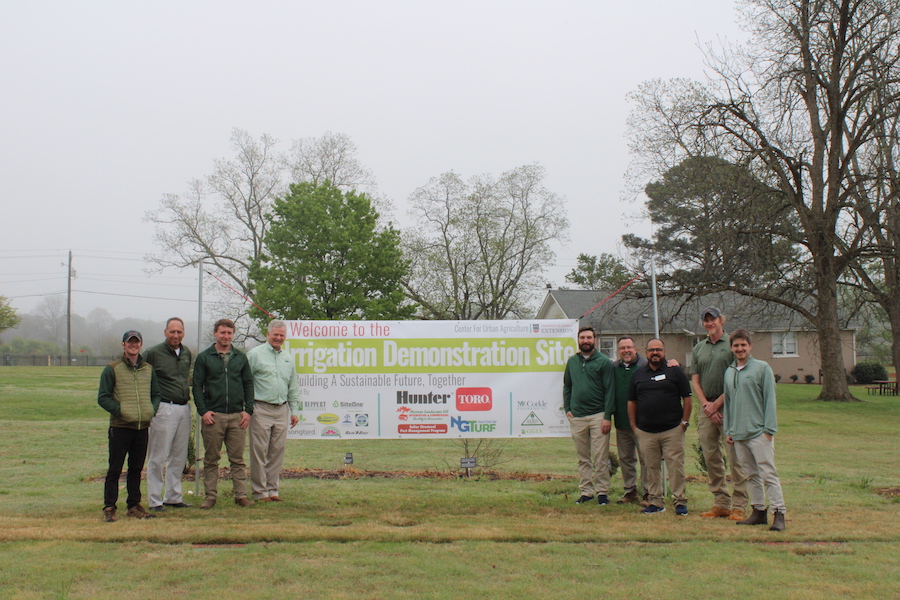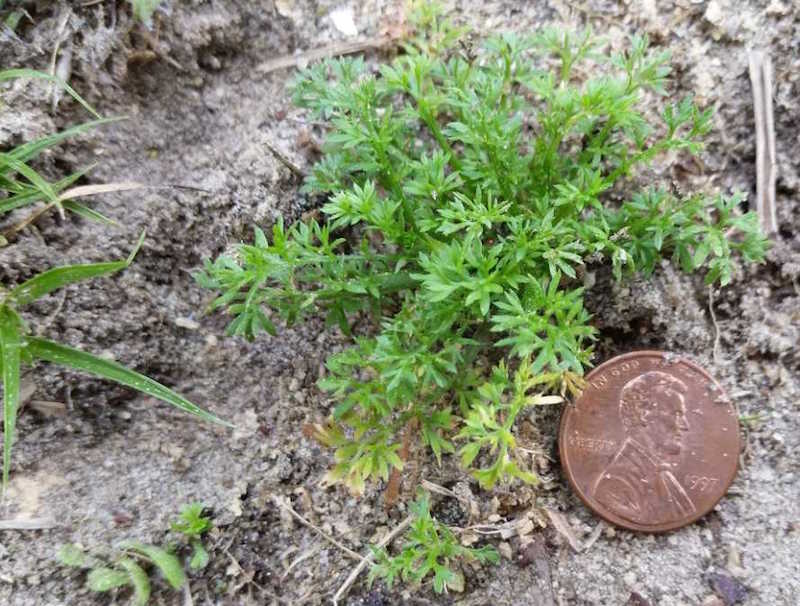In early spring as dormant, warm-season lawns begin to turn green, University of Georgia Extension agents receive many of calls about managing lawns. Most questions are about fertilization, including what type of fertilizer, how much to use and how frequently should it be applied.
The best answers to fertilizer questions can be given when the concentrations of nutrients, particularly phosphorous and potassium, present in the soil are known. This information can be found through a soil test.
Take soil sample to your Extension office
The UGA Soil Analysis Laboratory in Athens is recognized as one of the best in the state. Soil tests are done on samples of air-dried soils. Samples can be brought into local Extension offices and sent to the lab for a fee of $8.
Results are usually received within five to seven working days. Soil samples should be taken from representative areas of lawns or gardens using a small trowel or a soil-coring tool.
Several samples from large areas can be pooled together in a plastic bucket. These samples must provide a total volume of at least 2 cups of soil that can then be air-dried by spreading it out on newspaper and allowing it to dry for about 24 to 48 hours.
Results from the soil test report include pH levels and concentrations of several key nutrients: phosphorous, potassium, calcium and magnesium. Also included are suggestions on adjustment of pH to the recommended range and the addition of fertilizers to provide adequate quantities of nutrients.
Nitrogen concentration, however, is not reported and recommendations are made assuming nitrogen will be needed.
Range of pH on lawn depends on grass type
When a soil test is submitted for lawn grasses, recommendations about the amount of lime and fertilizers will be provided. If no soil test is available, general recommendations based on average conditions can be followed.
Generally recommended pH ranges for lawns depend on the type of grass. For centipedegrass the pH range is 5.0 to 6.0. For St. Augustinegrass, bermudagrass and tall fescue lawns, the pH range is 5.5 to 6.5. For zoysiagrass the pH range is 6.0 to 7.0.
Nitrogen is required for leaf and root production to maintain a green and healthy turf. Again, recommendations depend on the type of grass.
Centipedegrass requires 1 to 2 pounds of nitrogen per 1000 sq. ft. annually while zoysiagrass needs 2 to 3 pounds. Bermudagrass, St. Augustinegrass and tall fescue lawns require 2 to 4 pounds of nitrogen per 1000 sq. ft. each year.
Timing is based on turf type, too
The timing and frequency of application is also based on the type of grass.
Because tall fescue is a cool-season species, it should be fertilized in the fall and late winter, not in the late spring and summer.
Warm-season grasses require fertilizer only during the growing season when root growth is occurring. Warm-season grasses like bermudagrass, St. Augustinegrass, zoysiagrass and centipedegrass should be fertilized when soil temperatures at 4 inches below the surface are at or above 65 degrees Fahrenheit. (Soil temperatures in your area can be checked online at www.georgiaweather.net.)
Plants can only take up two forms of nitrogen: inorganic nitrate or ammonium. All other forms of nitrogen must be broken down to ammonium or nitrate to be available to plant roots. Nitrate is soluble in water and is poorly held by soils. If nitrate-containing fertilizers are applied before soil temperatures reach 65 degrees, root activity is limited, and there is an increased opportunity for loss of nitrate from the root zone.
Nitrates washing through the root zone will eventually enrich the surface and ground water resources of the region, contributing to non-point source pollution. Nitrates leaching through the root zone can eventually find their way into ground and surface water reserves. This results in non-point source water pollution.
Apply when grass is actively growing
The general rule is to apply fertilizer to grasses when they are actively growing and can effectively absorb and retain the nitrogen without contributing to water pollution. With that in mind it is reasonable to apply several small doses of fertilizer rather than the total amount at one time. That translates into four applications of 1 pound of nitrogen per 1000 sq. ft. for bermudagrasses rather than one application of 4 pounds per 1000 sq. ft.
Following these guidelines from UGA Extension will encourage healthy vigorous grasses while protecting natural resources. For more information, contact your local Extension office at 1-800-ASK-UGA1 or go to www.GeorgiaTurf.com.







